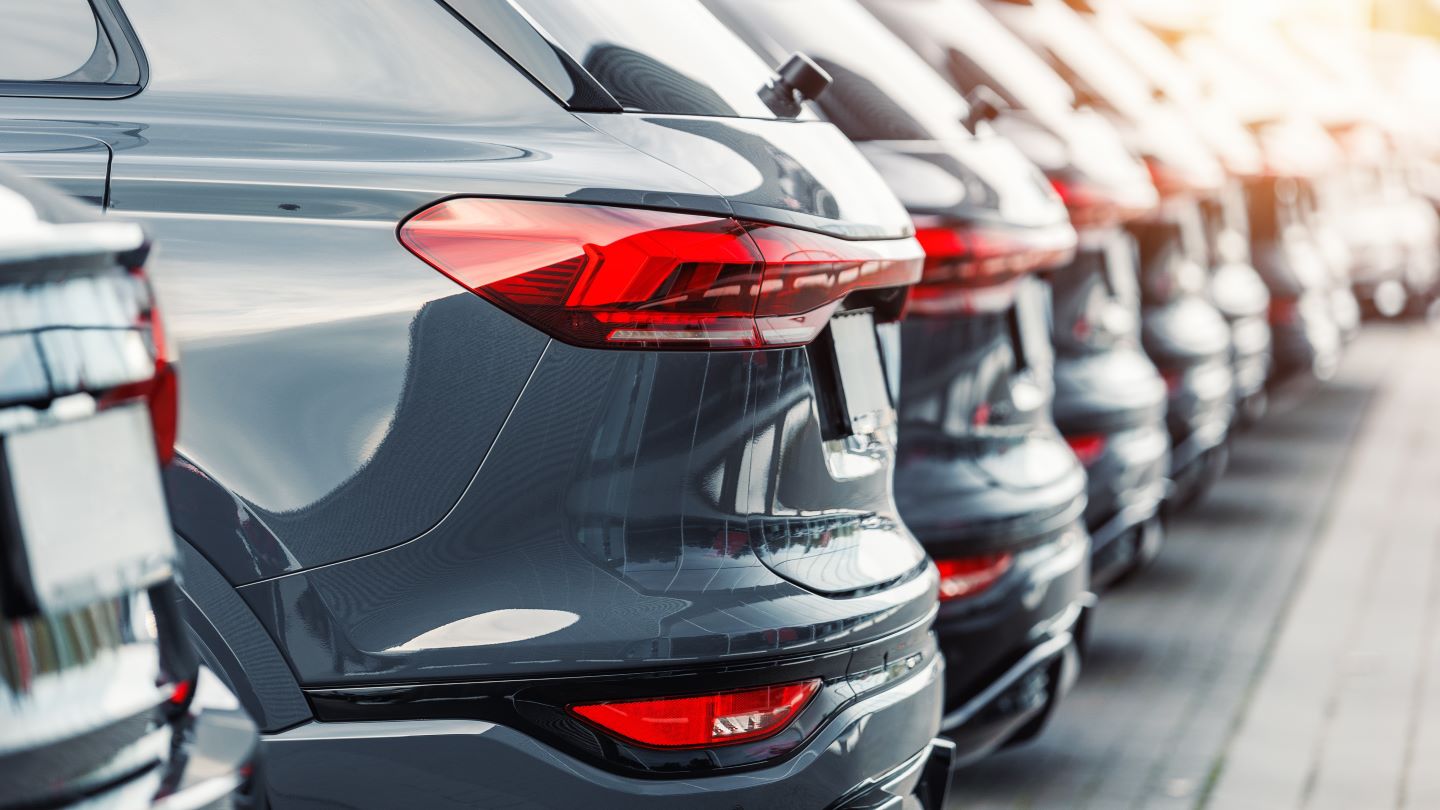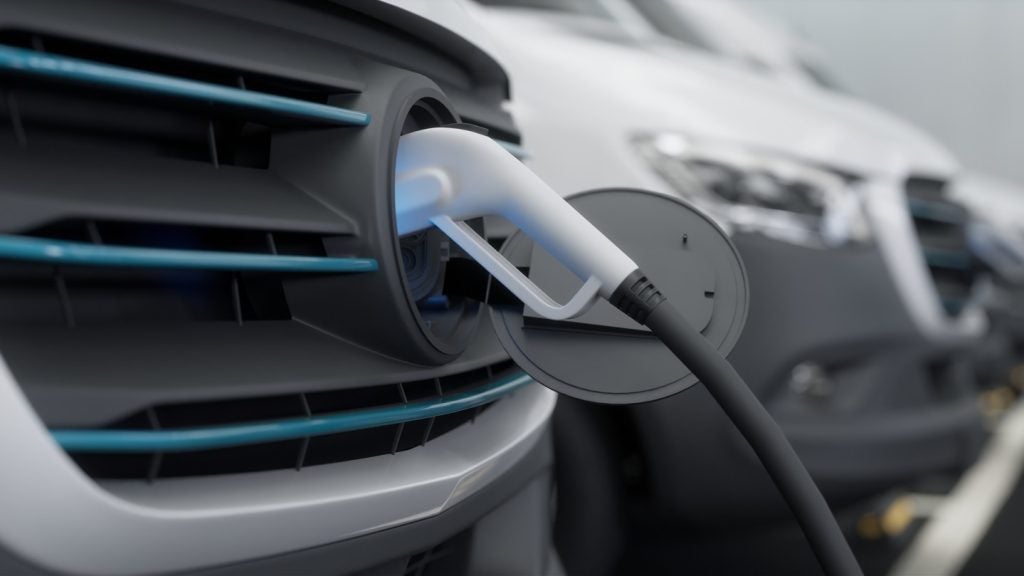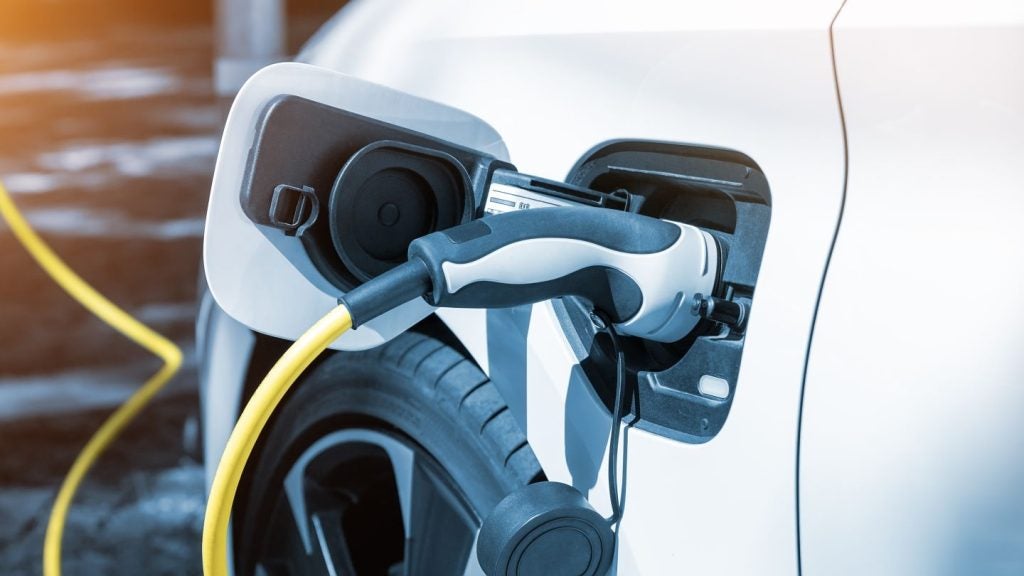
One of the key challenges facing fleet managers is the implementation of alternative energy technologies, according to the Arval Mobility Observatory’s Fleet and Mobility Barometer 2025.
Based on insights from 8,061 fleet and mobility stakeholders across 28 countries, Arval identifies three core areas driving fleet transformation, notably environmental sustainability, cost efficiency, and employee satisfaction.
The report found environmental sustainability as one of the top three hurdles for 34% of fleet managers, which they expect to face over the next three years.
Adapting to restrictive public policies on internal combustion engines (ICE) is a challenge for 31% of companies.
It has led to a shift towards electrified fleets, driven by environmental concerns, regulatory pressures, and the need to reduce fuel expenses.
However, the transition speed varies between passenger cars and light commercial vehicles (LCVs).
For passenger cars, 69% of companies are using or considering alternative energy technologies such as battery-electric vehicles (BEVs) and hybrid-electric vehicles (HEVs) in the next three years.
Europe leads in adoption at 75% while Latin America lags at 42%.
For LCVs, 9% of companies are using and 12% considering electric LCVs (eLCVs).
The report indicates cautious optimism about electrification, with 17% of fleets expected to be BEVs and 10% eLCVs in the next three years.
Challenges include insufficient charging infrastructure and higher purchase prices of electric vehicles.
Companies are addressing these by developing charging strategies and supporting home charging for employees.
Charging policies are becoming common, with 85% of companies having or planning to implement one. Additionally, 55% have installed or plan to install charging points at company premises.
Decarbonisation goals are set by 13% of companies, with 26% evaluating such targets.
Mitigating the rising total cost of ownership (TCO) is another challenge, with 31% of companies concerned. This is more pronounced in Latin America and North America due to economic conditions.
Companies are exploring financing methods such as full-service leasing, with 27% using it and 37% planning to increase its use.
Second-hand vehicles are being incorporated into fleets, with 41% of companies doing so and 43% planning to follow suit.
Despite cost challenges, 91% of companies expect fleet stability or growth, driven by business development and HR needs, particularly in North America and Europe.
Employee needs are central to fleet transformation, with 45% of companies focusing on talent acquisition and retention.
Promoting responsible driving is a challenge for 32% of companies, with telematics and connected vehicle technologies playing a key role in addressing this.
Telematics tools are adopted by 40% of companies, though only 15% currently use the data. The data is used for vehicle security, improving driver behaviour, and operational efficiency.
Mobility solutions are also important, driven by HR needs and environmental sustainability.
Mobility policies and solutions are used or considered by 79% and 60% of companies worldwide, respectively. Car sharing and bike leasing are gaining interest while public transport expense reimbursement and car allowances are common mobility policies.
Arval Mobility Observatory head Oana Duma said: “While the transition to electrified fleets faces obstacles such as charging infrastructure and purchase prices, these challenges also present opportunities for innovation and growth. Companies are developing charging strategies and exploring cost-efficient financing methods, such as full-service leasing and incorporating second-hand vehicles into their fleets. Additionally, the focus on employee mobility policies and solutions not only addresses HR needs but also contributes to overall fleet efficiency and sustainability.
“By leveraging telematics and connected vehicle technologies, companies can promote safer driving practices, reduce accidents, and enhance operational efficiency. Ultimately, the Barometer 2025 emphasises that by transforming these challenges into catalysts for change, companies can successfully navigate the future of fleet and mobility management.”







